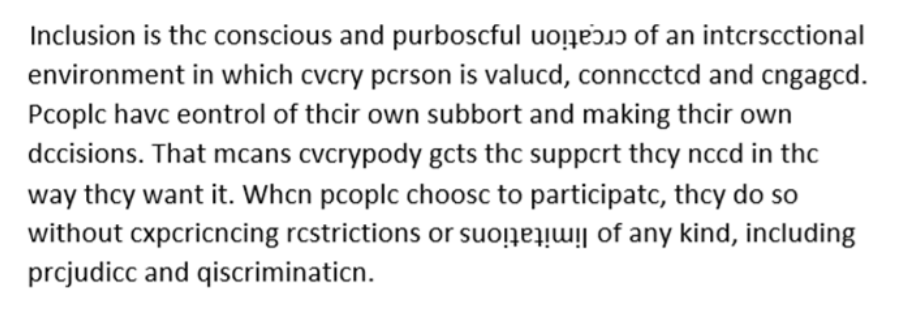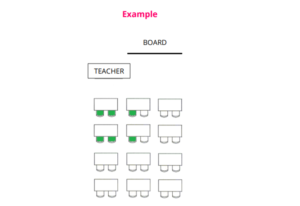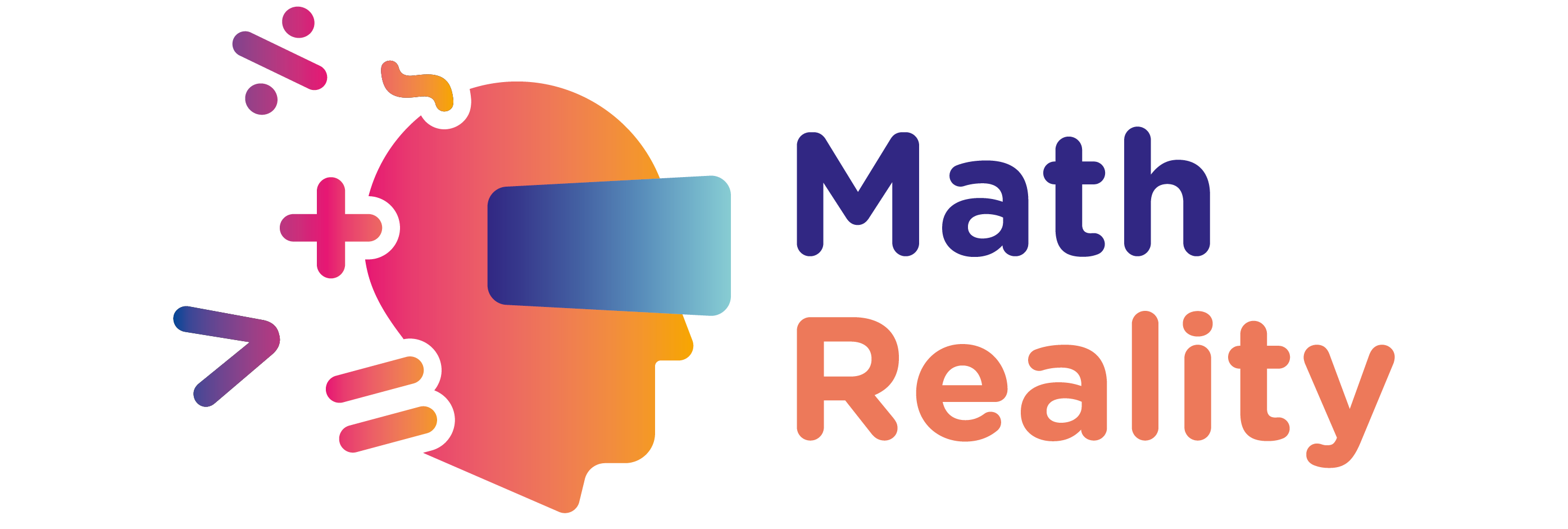How to adapt the classroom so all students feel good and perform at their best?
In recent years we have become aware that no two students learn in the same way or at the same pace. Today, if a student is having difficulties in learning, we fortunately no longer categorize him or her as a student who is failing academically. Indeed, before such a sentence is overturned, it is strongly advised to refer the student to a specialist (speech therapist or psychologist).
The role of the specialist is to identify what learning disorders the learner may have and how to help him/her overcome them. Some children have attention disorders, others have specific learning disorders like dyslexia, dyscalculia, dyspraxia… The learner may have only one disorder or several at the same time. Again, there is no rule or standard.
In order for each student to develop and learn in good conditions, it is recommended that teachers adapt their teaching as well as the classroom environment. Of course, it is not up to the teacher alone to take these steps. These should be discussed beforehand with the specialists who follow the children, the children’s parents and other children in the class. Indeed, in order for an adapted education to be well received, understood and effective, it must be implemented as harmoniously as possible and without anyone feeling aggrieved, privileged or neglected.
For students with learning disorders, these accommodations are essential. Just like a student who needs glasses to read, children with learning disorders need special materials and structures. Additionally, it is worth to add that some of the adaptations are very beneficial for all the classroom so non-DYS student would also have a more positive learning experience. It is also very important that other students are informed and understand what one of their classmates is going through. This is a mandatory step so that they can accept the help he or she will receive, without the other students experiencing it as cheating or injustice.
To facilitate this awareness, the teacher should accompany the class and address the notion of empathy. To be able to develop empathy, you have to start by understanding. The short reading exercise below is a simple and effective way to show and understand what a dyslexic person sees when reading text:

This is what a dyslexic person sees when reading a text. The letters are inverted, confused, mixed up.
With this kind of exercise on empathy, the teacher can easily get to the heart of the matter and engage discussions where everyone can express their questions, doubts, or fears.
Among the technological tools to help develop empathy, VR can also be effective “Being someone else – you can check more on that in our previous article “VR as an “empathy machine”.”

Beyond simple empathy and understanding, there is a range of classroom accommodations that are possible, simple and beneficial for students with learning disorders and the others.
A couple of examples:
To organize the class:
Make a class plan and place students with attention disorders or reading difficulties in the front rows. This prevents them from being exposed to the distractions of doors, windows and the rest of the class and allows them to see the board better. Proximity to the teacher can also reassure them or encourage them to participate.

For the lessons:
Students with DYS disorders may have difficulty organizing themselves in time, space, and ideas.
Establishing a structured plan at the beginning of the lesson can prevent them from getting lost along the way. The plan is also very useful for students without learning disorders.
To stimulate their short- and long-term memory, the teacher can provide the students with the headlines with a short summary of each part and the key points before the lesson.
During evaluations:
The accommodations that have been provided for DYS students must also be provided for the assessments.
If DYS students are accustomed to having appropriate materials (airy, sharp written materials of sufficient font size) or to using specific tools in the classroom in general, these accommodations should also be maintained during the assessments.
The use of technology:
There are some innocuous tools that can be very helpful for students with learning disorders. However, it should always be kept in mind that before allowing the use of these tools, it is very important to present them to the whole class and explain the situation. To reassure students who may feel aggrieved or encourage the student who may feel too differentiated, dialogue is the best weapon.
Among the tools:
A recorder (simple phone recording function) so the learner doesn’t miss anything from the lesson and can complete the note taking at home if needed.
Use reading aid software (such as Kurtzweil 3000 or Medialexie)
The use of a computer with word processing software if the handwriting is problematic for reasons of coordination or fine motor skills.
And as surprising as it may seem, the use of VR can be beneficial for students with learning disorders. See the article: “How VR can be profitable for students with learning difficulties?”
In conclusion, it should be noted that this list of examples is non-exhaustive. There are many, more or less simple and affordable ways to make education relevant and beneficial to all. Here again, it must be remembered that teaching alone should not be the only way to meet the needs of one or more students with learning disorders. Communication and collaboration with parents, specialists and the child are crucial.
